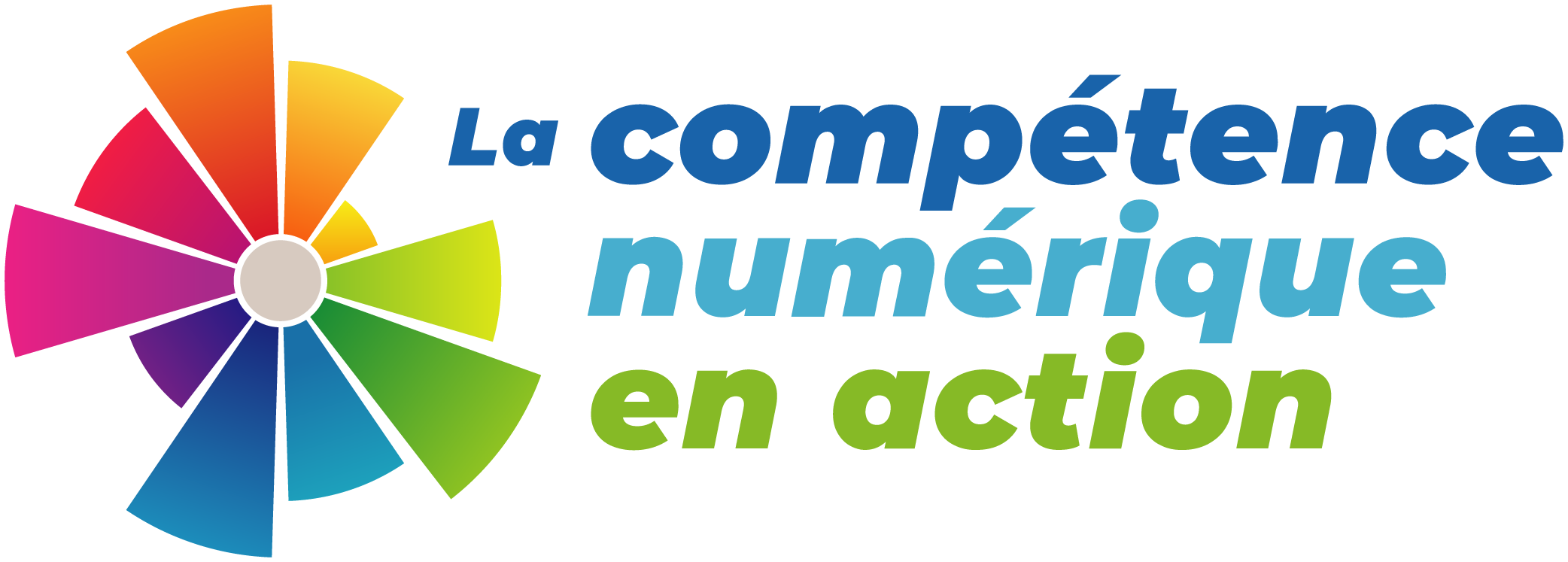CO2 Trends with Python
In this lesson, learners will use Python and the Pygal graphing library to visualize data about one of the most important issues facing our country: greenhouse gas emissions and their relation to climate change.
InCtrl
“InCtrl is a series of free standards-based lessons that teach key digital citizenship concepts. These lessons, for students in grades 4-8, are designed to engage students through inquiry-based activities, and collaborative and creative opportunities.”
Factitious2020! Game
A game to see if you can distinguish between true and false news articles.
Everfi Ignition: Digital Literacy Lessons
6 Lessons for grade 6-9 students on various aspects related to digital competency.
House Hippo
Foax Video on the importance of verifying sources and thinking critically about information.
How false news can spread – Noah Tavlin
“Dive into the phenomenon known as circular reporting and how it contributes to the spread of false news and misinformation.”
How Teens Deal with the Spread of Misinformation
“Find out what young people really think about the news and the spread of misinformation using a variety of short videos produced by PBS NewsHour’s Student Reporting Labs (SRL).”
5 tips to improve your critical thinking – Samantha Agoos
“Every day, a sea of decisions stretches before us, and it’s impossible to make a perfect choice every time. But there are many ways to improve our chances — and one particularly effective technique is critical thinking. Samantha Agoos describes a 5-step process that may help you with any number of problems. Lesson by Samantha Agoos, animation by Nick Hilditch.”
5 W’s of Web Evaluation (with voiceover)
“Students can evaluate websites using the 5 W’s: who, what, when, where, why. “
8 Classroom Edtech Strategies That Develop Critical Thinking Skills
“Used wisely, edtech strategies help students develop vital critical thinking skills, and can change the paradigms of education.”
Evaluation Wizard
“An interactive website that takes users through the various steps of website evaluation. Users can record and print their evaluation.”
Break the Fake Fact-Checking Tip 4: Check Other Sources
Learn how to check other sources.
Break the Fake Fact-Checking Tip 3: Verify the Source
Learn how to verify an online source.
Break the Fake Fact-Checking Tip 2: Find the Source
Learn how to find an online source.
Break the Fake Fact-Checking Tip 1: Use Fact-Checking Tools
Learn about online fact checking tools.
” CTRL-F Fact-Checking Tools: Evaluating Social Media Accounts”
Learn how to evaluate social media content.










